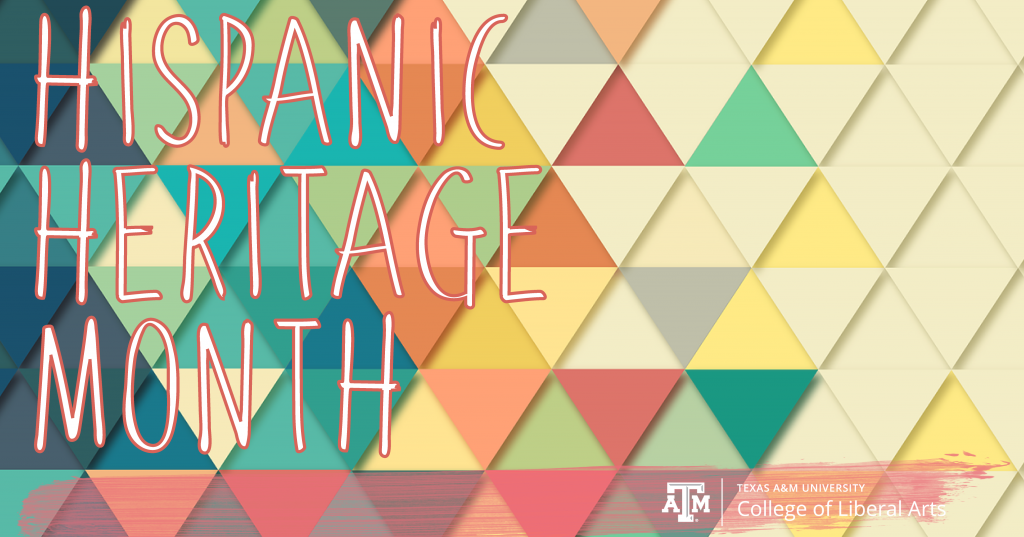Hispanic Heritage Month: Latinx History as U.S. History
Hispanic Heritage Month is from September 15 to October 15 each year. As we are in the middle of the month, it is important to remember what this month celebrates and how all histories should be shared.

By Hannah LeGare ‘19
Hispanic Heritage Month celebrates the ways the country’s Hispanic and Latinx populations contribute to the American tapestry. For many, this means watching a film or going to an event; for others, this month highlights the experiences and triumphs of a group of people.
For Sarah McNamara, assistant professor of history, it is not about highlighting individual experiences for these commemorative months, but about reflecting on how these months influence the way we see ourselves as a nation. “It is about challenging the public to understand Latinx history as U.S. history,” said McNamara.
“It is about challenging the public to understand Latinx history as U.S. history,” said McNamara.
Latinx History as U.S. History
Months like Hispanic Heritage Month remind us that we are all neighbors. President Lyndon B. Johnson established Hispanic Heritage Week in 1968 in the wake of the Civil Rights Movement. It wasn’t long before the weeklong celebration was expanded in 1988, marking the first Hispanic Heritage Month.
However, the idea to honor those with Hispanic and Latinx heritage was not because of one man’s presidency. It took social and labor movements like those led by Dolores Huerta and Cesar Chavez, Latinx students in California, and mothers from the Young Lords in New York, to draw the public’s attention to Latinx and Hispanic cultures and demand changes to public education.
This month is personal to many Hispanic and Latinx communities, including McNamara. Her family came from Cuba to Florida to work in the Cuban cigar industry. Growing up, her family shared stories about their heritage. She heard about the histories of the Latinx and Hispanic populations, but the histories she read about in school did not represent what she learned at home. She began to question her relationship with the world and the ways she could make a difference. Hispanic Heritage Month emphasizes the stories of people like McNamara — how they are valuable in American culture and history.

Dolores Huerta at the MSC-SCOLA conference, with support from the Carlos H. Cantu Fund. Photo: provided.
The Aggies are we
That everyone includes Aggies. At Texas A&M, about 23% of the students self-identify as Hispanic. McNamara predicts that in the next 10 years, Texas A&M will be categorized as a Hispanic-serving institution. It shows that our campus will be a part of a tradition of diversity that was not there over 50 years ago when Hispanic Heritage Month was established. Our campus’ demographics are beginning to reflect America’s demographics.
These changes are mirrored in the College of Liberal Arts as well. At Texas A&M, about 25% of students with liberal arts degrees are Hispanic. “The College of Liberal Arts promotes understanding at its core,” McNamara said. “Students learn about the world holistically — not just about themselves, but about people who are different from them.” In the liberal arts core curriculum, there are opportunities to celebrate students of diversity and actively learn from them.
McNamara encourages all students to go to at least one event this month. Even though we are halfway through Hispanic Heritage Month, there are still multiple avenues for students to learn and grow.
Together, we can appreciate the diversity that is at Texas A&M.
For a full list of Hispanic Heritage Month events in Aggieland, click here.

